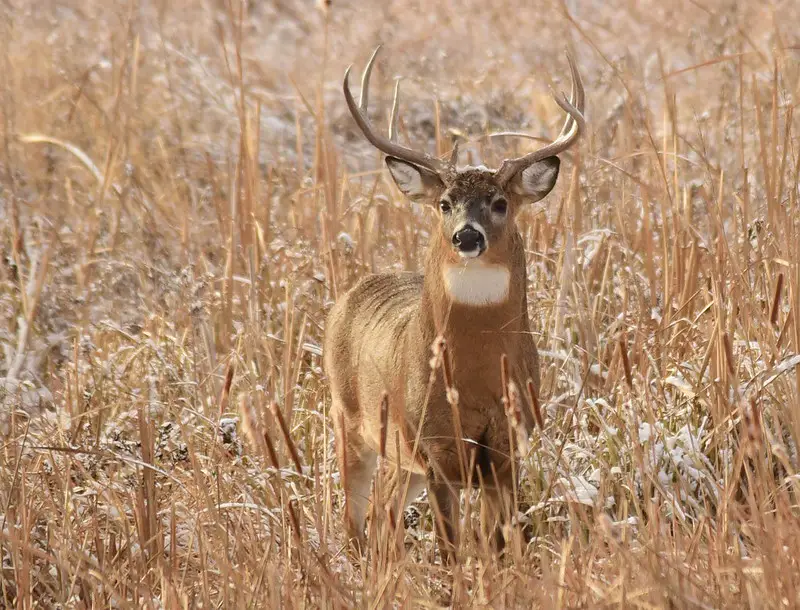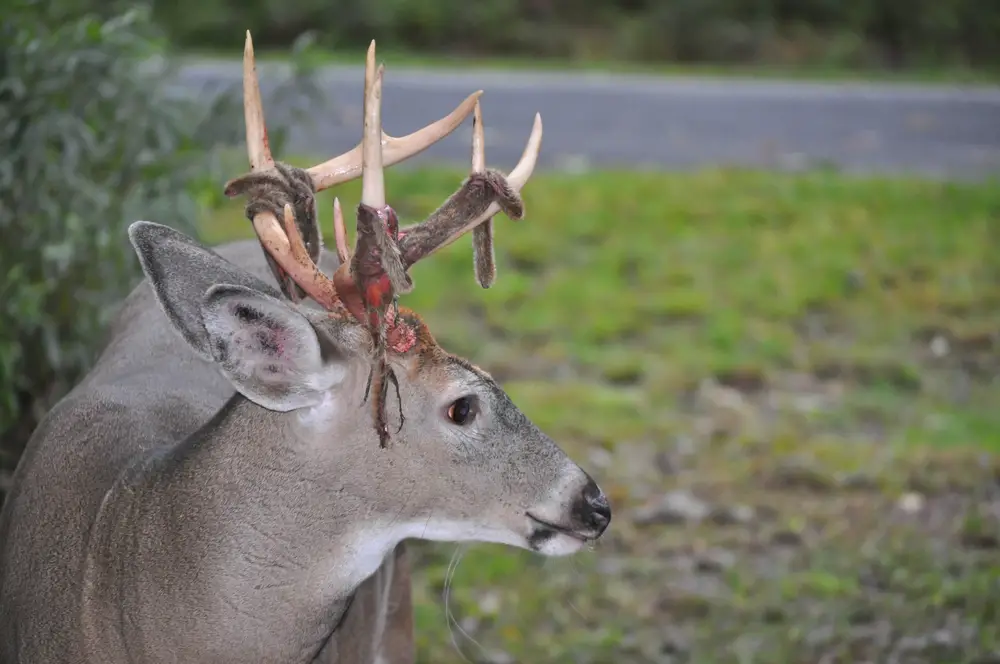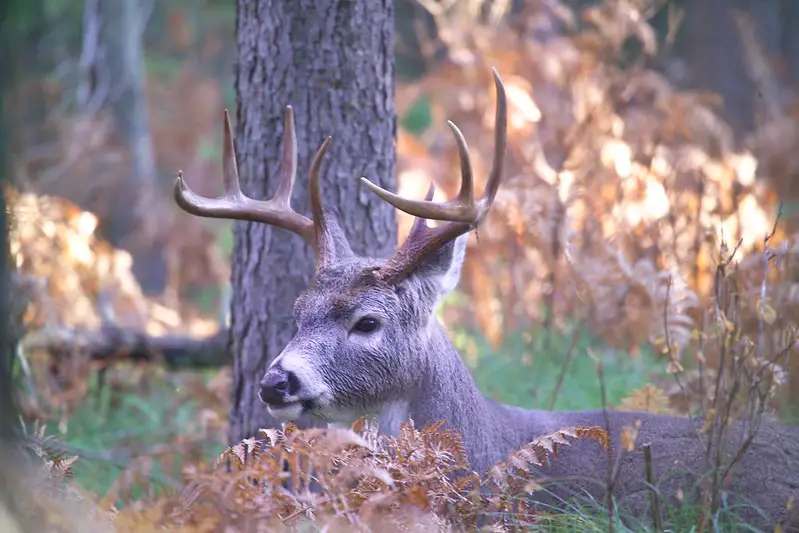Using a deer decoy for hunting is an excellent way to draw a buck into range. But you have to use the correct deer decoy, set it where deer can see it, and use a call suitable to the decoy type.
For the new deer hunter, selecting a deer decoy can be challenging. Should you invest in a nearly indestructible, 3-D plastic deer decoy that looks realistic? Would a 2-D decoy with a photo and two leg poles lure a buck?
This article will help you select and purchase the proper deer decoy the very first time. It will also help decide how and where to place it and what to do to make the scene smell and sound true to nature.

The best way to use a deer decoy for hunting is to first select the right decoy for the targeted type of deer. This decoy must be placed in a visible area within the range of your weapon and the area under it appropriately scented. Then you should use a calling sound that goes with your decoy type.
Related: Where to shoot a deer: Shot placement guide.
Related: The three best deer hunting calibers.
Which deer decoy to use when hunting.
Choosing the right deer decoy is the most critical step to a successful deer hunt using a decoy. I used my Shooter Buck 3D archery target in a pinch a few times last year.
The ten-year-old foam target was a sad, beaten-up disgrace that every passing buck ignored. From the knocked down and disassembled remains I found in the morning, I can only assume it did get visited and bullied at night.
I’ve had better luck with more realistic-looking and properly chosen deer decoys, and I recommend you leave your targets at home.
Related: The four easiest deer hunting mistake to prevent.
Related: How to avoid taking a button buck.

Selecting the right deer decoy to match your targeted deer.
Perhaps the easiest way to explain which deer decoy to use is to break the discussion into two parts; during or outside of the rut.
During the rut.
Bucks are looking for, and expect to find, does in estrus and young bucks following or chasing after them. The peeing doe deer decoy on Amazon is called the Estrus Betty on other sites, and it works well during the rut.
If you use a buck decoy, aim both for realism and something small enough for a real buck to feel comfortable bullying. This deer decoy is well-liked by many deer hunters, but smaller bucks won’t take any chances with it.
Outside the rut.
Your doe decoys type should be young and submissive looking (some brands have optional ears to help enhance the effect). Excellent, too. Is this feeding/grazing doe.
How to set up a deer food plot.
Best time to use deer decoys?
Strictly speaking, this is based on anecdotal evidence, but I think the best time to use deer decoys is about five days before the pre-rut ends until about five days after the peak rut has started.
Related: When is the best time to hunt deer?

Decoy placement: It’s more than just making sure it’s seen.
Sure, you obviously have to place your deer decoys where other deer can see them. This area is first chosen by scouting for and locating deer trails and other heavy traffic areas or food sources and baiting areas. once you find where the deer travel, determine where your decoys must be for them to see it as they pass by.
Here, things get tricky if you use a scent lure. You need to know where the prevailing wind comes from and set your hunting stand so that wind blows to the left or right in front of you. If you set up downwind of your decoy, the wind will travel over your decoy and you and spoil any chance of the scent bringing in a target.
Related: How to track a wounded deer.
Why use a deer scent and a decoy to hunt deer?
Hey, I’m they guy who distrusts most scents. But a little doe in estrus scent placed on the ground around your deer decoy might be worth the effort. It has been my experience that bucks often intrude on each other’s territories, given sufficient motivation.
A trespassing buck won’t use the local travel routes. If I add scent my decoy scenario, I might catch a nonlocal buck. A buck that would have never seen my decoy—but will smell it if the winds favor me.
Set buck deer decoys facing toward you.
Always set your buck deer decoys facing either directly toward you or quartering toward you. When the real buck shows up, I guarantee it will attack your decoy from the side. And when he does, now you have the perfect broadside shot.
Related: What is the best wind speed for deer hunting?
Calling and using deer decoys.
So far we have a reached out to two of the deer’s senses, sight and smell. Now let’s attract their attention by making some noise.
If you aren’t sure what calls to use, read these articles:
Nine expert tips to call deer in all season.
Using a sound that matches your deer decoy can attract a distant buck that otherwise wouldn’t have seen or smelled your decoy. The right sound can also help convince an otherwise reluctant buck to come in for a closer look.
I recommend the following calls made by Rush Custom Callers.
For buck decoys use Rush’s Whitetail buck grunt tube with hand tied lanyard.
For doe decoys, try out his Whitetail doe bleat grunt tube with hand tied lanyard.
Whichever call you decide to use, don’t just flip a doe bleat can on the first day of New York archery season and expect an anxious trophy buck to come charging in. You have to match both the decoy and the deer’s expectations and physical state.
Related: Is it worth it to hunt deer when it is raining?
Deer decoys can be a real game changer and even set that trophy buck up to stand up close and broadside to you. Juts make sure you follow all of these tips, and I’m sure lady luck will be on your side when using deer decoys.

